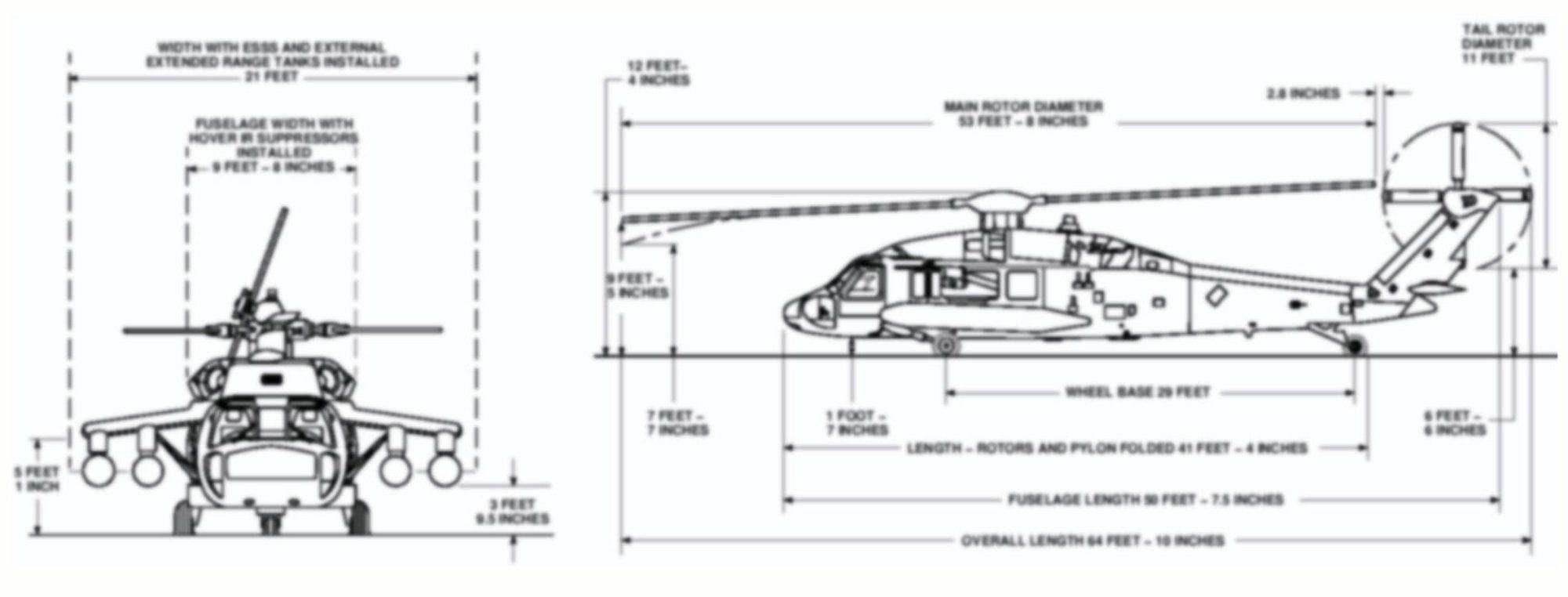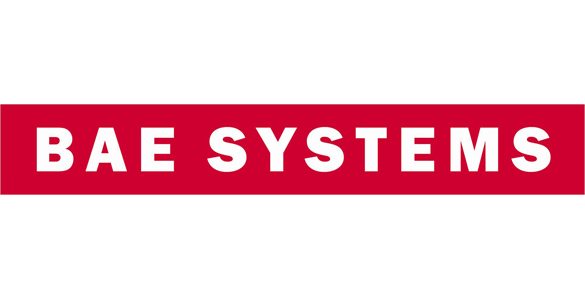Assistance With Metal Plating Specifications

Confused by Industry Specifications? Ask Your Metal Plater for Help.
If you are a buyer or purchasing agent for a project, you may be tasked with sourcing metal plating with specifications that sound like a foreign language to you:
- MIL-A-8625 Type III
- FED-QQ-P-35
What do these words mean? What does it have to say about your project, the material, or the process needed?
Don’t worry; your metal plating partner is there to help.
Clarifying Confusing Industry Specs
Metal coating specifications provide a systematized method for requesting a process or treatment. It helps both the customer and the metal plating company, as it communicates the expectations for the treatment’s method, chemicals used, and performance – all in a series of letters and numbers.
The most common specs are from the military (MIL), federal government (FED), and international engineering organizations (ASTM, ISO). Large manufacturers, including BAE, Caterpillar, and Manitowoc, create additional specifications for vendors to comply with.
Industry Specifications: Essential Information
The specification document, which can stretch into 20 or more pages, is rather cumbersome and can be a boring read. But it provides crucial information to create a standard coating that platers can create and your company’s engineers and manufacturers can depend on.
Sometimes a spec can include a type or class. This helps further clarify the type of process requested, as it may refer to the type of chemical used, the desired thickness of the coating, or the durability of the coating.
Handling Unique Industry Specifications
Does your project follow a unique industry-specific standard? Not a problem. Good metal plating vendors can match the specifications requested by a client. Have your engineering department send the specifications to your plater, who can see how to best fit these requirements into their operation.
Helping You Secure Necessary Information
To ensure that your metal plater provides you with an accurate quote and time estimate, it’s important to send them the right information for the project.
For most metal plating processes, we need the same crucial information:
- Material type
- Spec type
- Spec sub categories (type and class)
- Thickness of coating
- Hardness of material
- Pre-treatment or Masking
If you are unaware of all this information, or unsure of what is needed, your plating partner can help you ask the right questions to get the information from your team. That’s because having the right details can make the difference between a useful and an unusable part.
If you have any questions about the information needed for a quote, or if you need help translating the various industry specifications, give your metal plating vendor a call. They will make sure you have the right information for a successful order.





